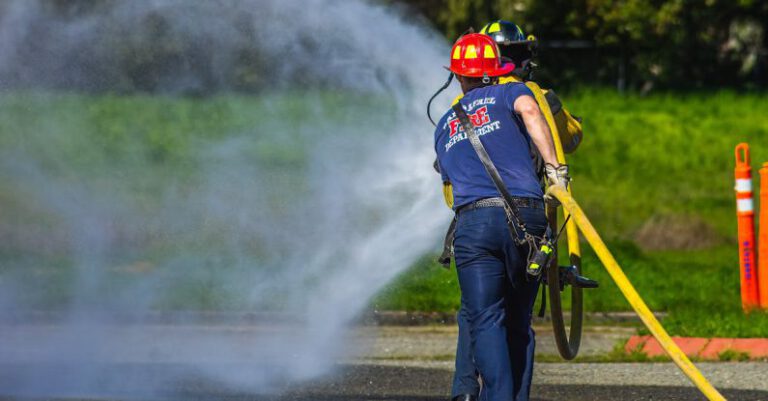
Night riding can be an exhilarating experience, offering a unique perspective on the world around you as you navigate the roads under the cover of darkness. However, riding at night comes with its own set of challenges and risks that riders need to be aware of in order to ensure their safety on the road. By following some best practices for night riding safety, you can minimize these risks and enjoy a smooth and secure ride. Here are some essential tips to keep in mind when riding your motorcycle at night.
Understanding the Risks
Riding a motorcycle at night poses increased risks compared to daytime riding. Reduced visibility, potential fatigue, and the presence of more impaired drivers on the road are some factors that contribute to the higher likelihood of accidents occurring after dark. Being aware of these risks is the first step in mitigating them and ensuring your safety while riding at night.
Proper Lighting
One of the most crucial aspects of night riding safety is ensuring that your motorcycle is equipped with proper lighting. Make sure your headlights, taillights, and turn signals are in good working condition and are adjusted correctly. Consider upgrading to brighter, more powerful bulbs or installing additional lighting to enhance your visibility on the road. Proper lighting not only helps you see better in the dark but also makes you more visible to other motorists, reducing the risk of accidents.
Wearing High-Visibility Gear
Wearing high-visibility gear is another effective way to enhance your visibility on the road at night. Opt for reflective or brightly colored clothing that stands out in the dark, making it easier for other drivers to spot you from a distance. Invest in a reflective vest, helmet, or stickers to increase your visibility even further. Remember, being seen is just as important as seeing when it comes to night riding safety.
Maintaining a Safe Following Distance
Maintaining a safe following distance is crucial when riding at night, as it gives you more time to react to unexpected situations on the road. Keep a greater distance between your motorcycle and the vehicle in front of you than you would during daytime riding to account for reduced visibility and potential obstacles that may be harder to see in the dark. Adhering to this practice can help prevent rear-end collisions and give you the necessary space to maneuver safely.
Avoiding Fatigue
Riding a motorcycle can be physically and mentally demanding, especially at night when your body is naturally programmed to rest. Fatigue can impair your reaction time, decision-making skills, and overall awareness on the road, increasing the risk of accidents. To combat fatigue, make sure you are well-rested before embarking on a night ride and take regular breaks to stretch and re-energize along the way. Stay hydrated and avoid riding for extended periods without giving yourself a chance to rest.
Staying Alert and Focused
Maintaining a high level of alertness and focus is essential for night riding safety. Pay close attention to your surroundings, scan the road ahead for potential hazards, and be prepared to react quickly to unexpected situations. Avoid distractions such as using your phone or listening to loud music, as they can divert your attention from the road and compromise your safety. Keep your eyes moving, use your mirrors frequently, and anticipate the actions of other drivers to stay one step ahead.
Conclusion: Riding Safely Into the Night
Riding a motorcycle at night can be a thrilling and rewarding experience, but it also requires extra caution and attention to ensure your safety on the road. By following the best practices for night riding safety, such as maintaining proper lighting, wearing high-visibility gear, keeping a safe following distance, avoiding fatigue, and staying alert and focused, you can minimize the risks associated with riding after dark. Remember, being proactive and prepared is key to enjoying a smooth and secure night ride. Stay safe, stay visible, and ride confidently into the night.





